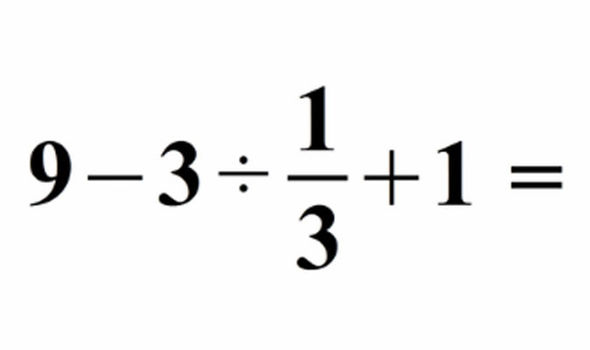Making Math Accessible.
Get accessible math from images and text in a matter of seconds.

Get accessible math from images and text in a matter of seconds.

Images


Resources for equations
Equations you can copy and paste now
log_b(xy) = log_b(x) + log_b(y)
E = mc^2
e^(iπ) + 1 = 0
X_(t+1) = kx_(t)(1 - x_(t))
Math Detective is a tool built by Benetech to enable the conversion of STEM from print lock to accessible formats. Often, STEM materials include equations and other key elements as images or inaccessible text. For example, a screen-reader might read a sentence, “In the following equation, image, you can see that we need to solve for x.” Math Detective is built to change that narrative, converting that same sentence to “In the following equation, 2 x plus 1 equals 3, you can see that we need to solve for x.” Math Detective is capable of accepting multiple formats of input and returns multiple useful outputs.
When mathematical images appear in textbooks, a screen-reader has no way to describe that image to the user. An image of the Pythagorean Theorem may be read as “image” when a user needs to know what the Pythagorean Theorem actually is. Math Detective solves this problem through our Image Processing Engine. Currently, Math Detective can identify a growing list of images including equations, graphs, tables, squares, triangles, and circles. When the image is of an equation or table, we return accessible renditions which can be inserted into the book. Now, instead of a screen-reader reading “image” it would read “a squared plus b squared equals c squared.”
Through user-testing, Benetech found that text can be inaccessible, even if a screen-reader can read it. Screen-readers often struggle with expressions like fractions and exponents, leaving the user with incorrect mathematical information or no information at all. Math Detective accepts that same inaccessible text and uses cutting edge machine learning and natural language processing tools to detect where math is within text, and converts it into accessible formats.
One accessible output format that Math Detective returns is Math Markup Language, or MathML. The goal of MathML is to allow for math to be injected into certain types of documents, such as web pages or digital textbooks. While math could be inserted as plain text, many accessible technologies cannot distinguish between plain text math and English. Therefore, MathML allows screen-readers to know “Hey, it’s time to read some math!”
Math Detective also outputs Spoken Text. Spoken Text achieves nearly the same goal as MathML does, but requires far less work. Because MathML is a mark-up language, it has to live inside of special documents such as XML or HTML documents. MathML is also not yet fully supported by screen-readers. Spoken Text avoids these issues because it is just the plain text version of how the MathML should be read, making it far more descriptive than a regular plain text equation, but more straightforward than MathML.